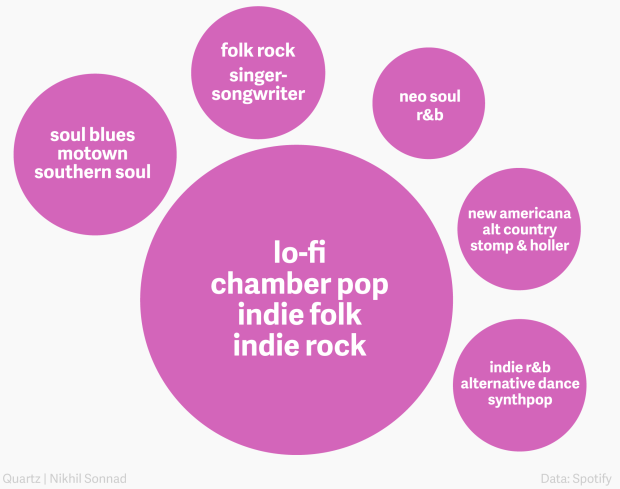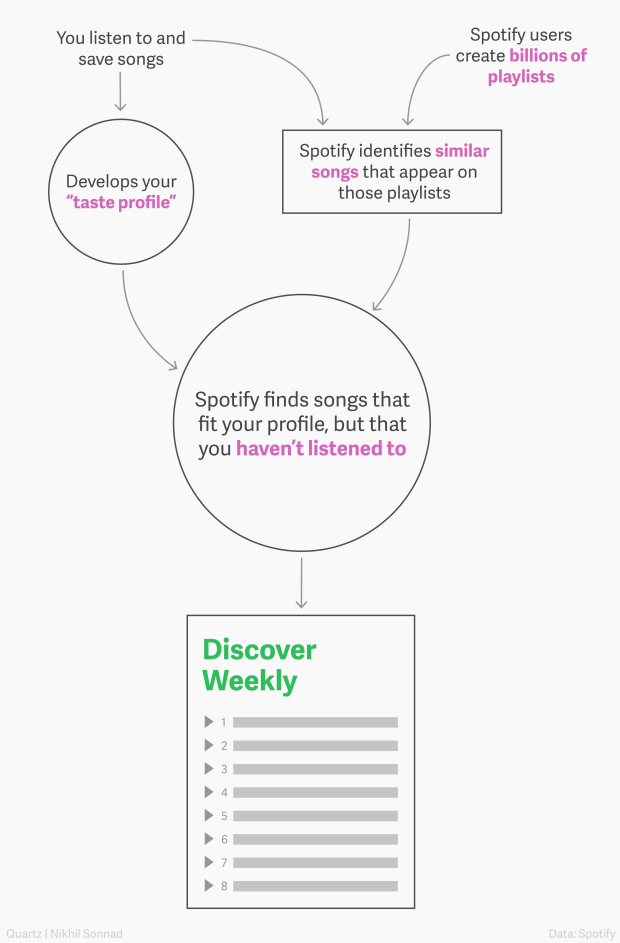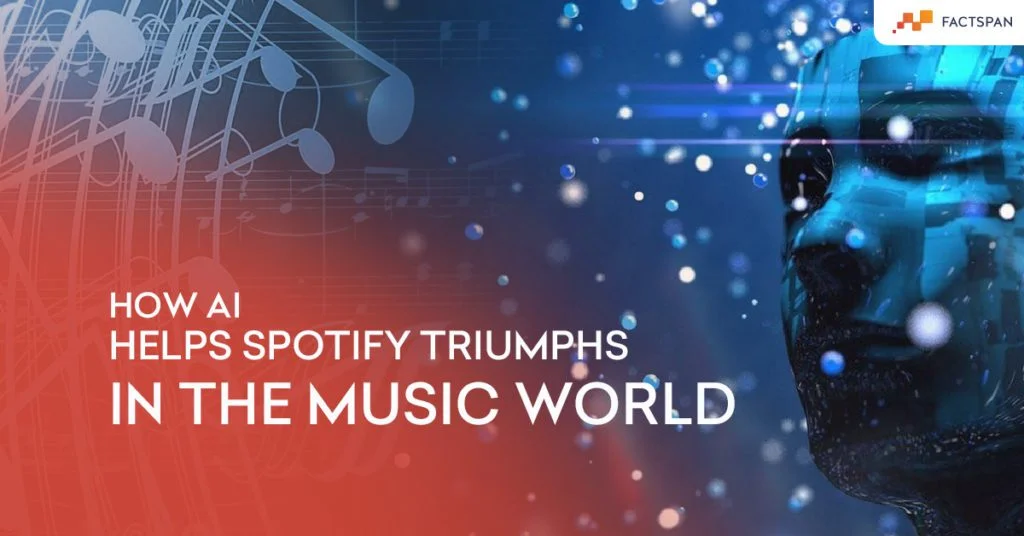Music relieves and heals, so it’s imperative for a mobile user to use music streaming platforms. In fact, nowadays, many mobile brands have inbuilt music streaming apps. These music streaming apps uses AI for attracting their subscribers. Spotify, the most popular music streaming service, gathers a heap of inferred customer data consisting of song preferences, keyword preferences, playlist data, most used devices, geographic location of listeners, and more.
Furthermore, the data scientists use the accumulated data to train algorithms deducing relevant information from online conversations about music and artists and content on the platform. They also enhance personalization by using customer data. Spotify has made data a core part of its decision-making. As you read further, you’ll get to know the uses of AI and data in music streaming platforms.
Data: “Do Re Mi Fa So La Ti” for Music Streaming
With Data Visualization, Spotify’s data analysts derive insights on music styles often featured on the platform. Based on some questions like if the featured music is acoustic? What are the types of music users might enjoy? Do popular songs follow a pattern? Once these questions are answered, analysts then quantitatively verify all the hypotheses with the help of A/B testing.
Spotify’s data analyst team enables a greater understanding of subscriber’s individual behaviors and the types of music they enjoy. Hence, the gathered data is then used in the recommendation engine which uses machine learning techniques to further refine the A/B test results.
Read more musical content AI-based Tools for Better Music Production
Spotify Algorithm Generating User Specific Playlist
What happens when 75 million subscribers start receiving a playlist specifically as per their music taste? Obviously, more subscribers join in. Spotify has cracked the code to personalization. It feels like a special friend curated 30 songs just for you. But these songs, from Spotify’s Discover Weekly service, were carefully selected by an algorithm. Personalization is not new in the streaming world, however developing a personalized playlist that feels familiar adds a bonus point.
Therefore, Spotify has a big advantage over competitors like Google, Apple, and Pandora. Let’s dig the rabbit hole and understand how the algorithm works. Spotify searches for more than 2 billion playlists to realize music fan’s tastes and sensibilities. It considers all the playlists either professionally curated or made by your cousin with more followers. To be precise, if two of the songs match from a playlist. There is a likelihood that all the songs will ring a bell for you. Moreover, Spotify creates a profile for each subscriber and distributes individualized taste in music into clusters of artists and micro-genres.

Finally, the secret sauce made by the algorithm is the mix of 2 billion playlists and subscriber’s personal tastes. In more technical terms, it uses collaborative filtering and natural language processing (NLP).
Collaborative Filtering
This filtering technique essentially compares subscriber’s behavioral trends with those of other users. Spotify developed a feedback system that gathers data such as – the number of times a user has played a particular song, saved a song to their lists, or clicked on the artist’s page upon listening to the song. Similarly, Netflix uses collaborative filtering for its content rating system.
Natural Language Processing
Spotify analyses human speech from podcasts or videos via text. They target those podcasts which talk about the trending music, popular artist, or genre of music. Importantly, Spotify’s NLP system scans all the data and identifies keywords associated with songs or artists. Then, the keywords are categorized into “top terms”. Daily, hundreds of top terms categorize each song on the platform. Finally, the algorithm assigns a weight to each term in terms of its relative importance. For instance, how many times a subscriber would attribute that term to the song they prefer. Hence, Spotify can relate a subscriber’s preferred musician to a trending talk about the same musician. Of course, the system filters out non-music-related data early in the process.

The mind-boggling thing is that Spotify even predicts users ’ shifting musical preferences. The algorithm is crunching out stuff that a user didn’t like earlier but now jams on it.
In the music world, AI in streaming music has become the engine room of revenue generation. According to the IFPI Global Music Report 2020, industry revenue grew by 7.4%, stretching a valuation of $21.6 billion. Furthermore, covid may put an upward curve for revenue generated by Spotify. AI in music streaming platforms will support the strong revenue figures to the end of the future.










